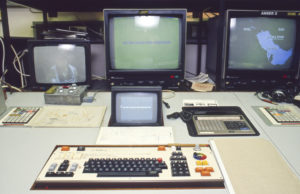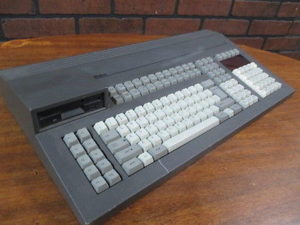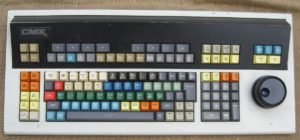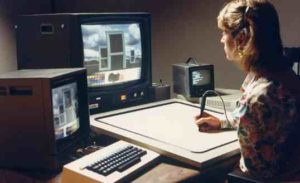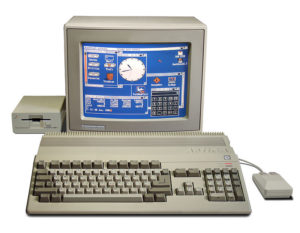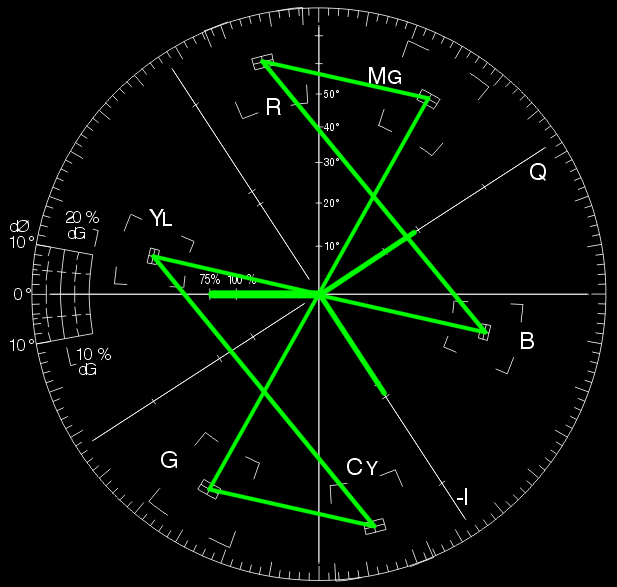
I discovered today that the history of Digital Image Processing started with developments made in JPL (Jet Propulsion Laboratory) in the 1960’s and a few other research facilities. More can be found on this topic at the Wikipedia link below.
Of course there is one founder member of JPL that I am very familiar with and that is Jack (Whiteside) Parsons. Who also happens to be the subject of the TV drama series ‘Strange Angel’.
Only in the irrational and unknown direction can we come to wisdom again.
-Jack Whiteside Parsons-
Digital image processing (Accessed 09.11.2018)
https://en.wikipedia.org/wiki/Digital_image_processing

